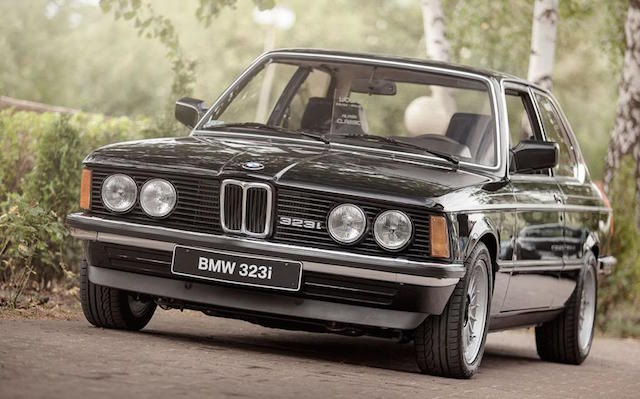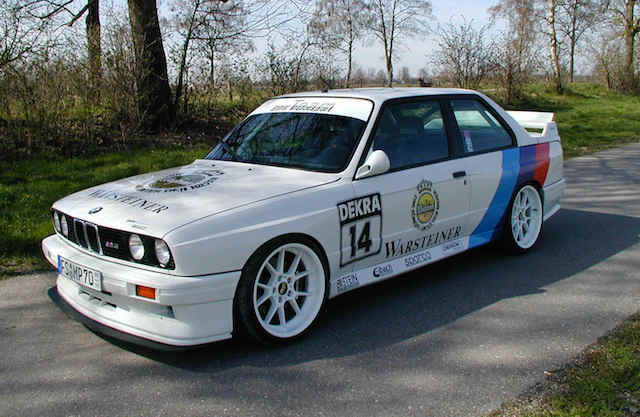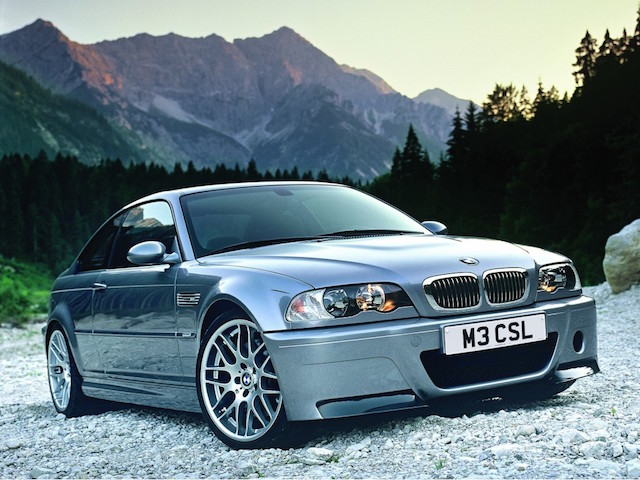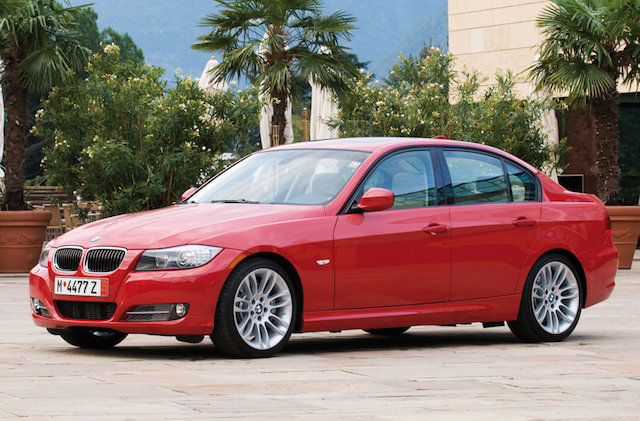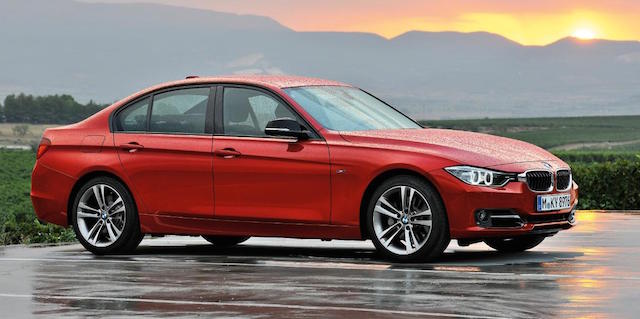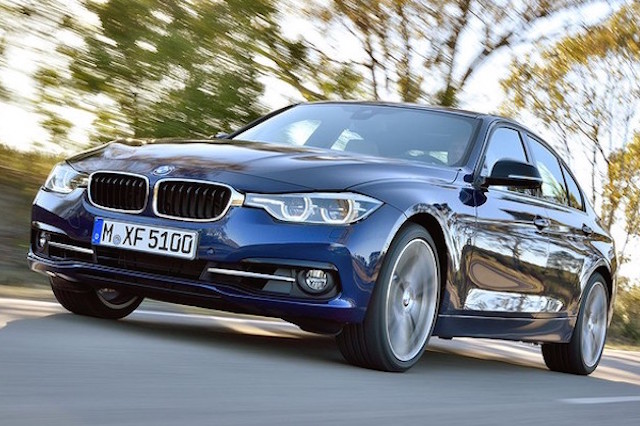
BMW has given its sixth-generation 3-Series a mid-life makeover, not unexpected in light of the worldwide sales success of its main rival the Mercedes-Benz C-Class and the arrival early next year of the Jaguar XE and the new Audi A4.
The upgrades include exterior styling changes front and rear, revised interior trim with softer plastics, retuned suspension settings, more efficient 3-, 4-, and 6-cylinder engines, and improved links to Internet services. The headlights and taillights have also been altered for a standout night-time look.
The new-look 3-Series is expected to land in New Zealand around October/November, where it will be welcomed as the 40th anniversary model. A three-cylinder variant is unlikely to be included in the model line-up here.
The facelifted 3-Series will be available in some markets with the choice of 11 turbocharged engines – four petrol and seven diesel – and the choice of eight-speed automatic or six-speed manual gearboxes. The eight-speeder has been revised and includes a coasting function to save fuel.
The top-range and most powerful 3-Series model is the 340i, the replacement for the 335i. It gets the new B58 engine, a straight-six petrol unit that generates 240kW/450Nm, or 15kW and 50Nm more than the old N55 powerplant. BMW claims town-and-around fuel use of 6.8 litres/100km, or 41mpg.
The 320d EfficientDynamics model runs a revised 2.0-litre four-cylinder diesel engine offering slightly more power and marginally improved fuel economy of 4.3 litres/100km, or 66mpg. That adds up to C02 emissions of just 99gr/km.
It is not known yet if the plug-in hybrid badged the 330e will be available in NZ. It runs a 2.0-litre four-cylinder petrol engine mated to an electric motor for a combined output of 185kW. Fuel use is a claimed 2.1 litres/100km, or 135mpg, with C02 emissions of 49gr/km.
The 3-Series 1975-2015
The first 3-Series appeared in Europe 40 years ago this month, codenamed the E21 (above). It helped create the ‘sporty saloon’ segment which BMW has pretty much made its own. But the 3-Series story actually started in 1966 with the ’02-Series’, the standout model of which was the 2.0-litre 2002.
The second-generation 3-Series, the E30, will forever be credited with setting in stone BMW’s reputation for dynamic road cars. The 1980s was in full swing when it appeared. It was the right car at the right time, capped off by the first M3 (above), a car homologated for the German touring car series that became a household name. It was light, nimble and blessed with an outstanding 2.3-litre four-cylinder engine.
The third-generation E36 (above) arrived in 1991, softer styled and more aerodynamic than the square E30. The E36 will be remembered for introducing for the first time a 2.0-litre diesel engine to the 3-Series. Today, diesels account for most worldwide 3-Series sales.
The E46 from 1998 was a substantially better car – inside, outside and underneath. The M3 version of the E46 has become one of the most desirable M-cars ever, thanks to its glorious straight-six engine and a wonderful ride/handling mix. The lightweight CSL (above) is a collector’s item.
The E90 of 2006 (above) was the first 3-Series to be styled under the direction of BMW’s American designer Chris Bangle. Like many of his other designs it received mixed reviews. The M3 version got a 4.0-litre V8 engine.
The V8 was dropped from the current (above) F30 sixth-generation 3-Series line-up when it debuted in 2012. BMW went back to straight-six engines for its go-faster models, this time with turbochargers. It decided on new badging for many models, based on engine output rather than capacity. In the past the M3 had been available as a coupe and sedan. Now the coupe became the M4 and the sedan the M3.

